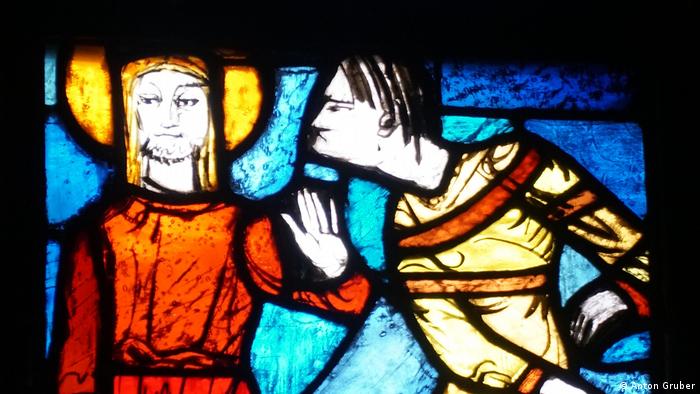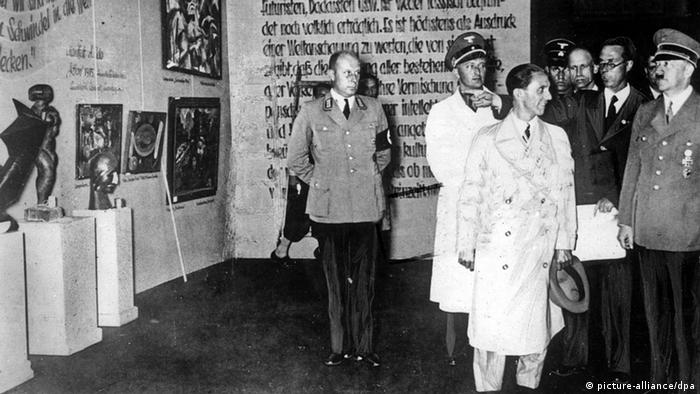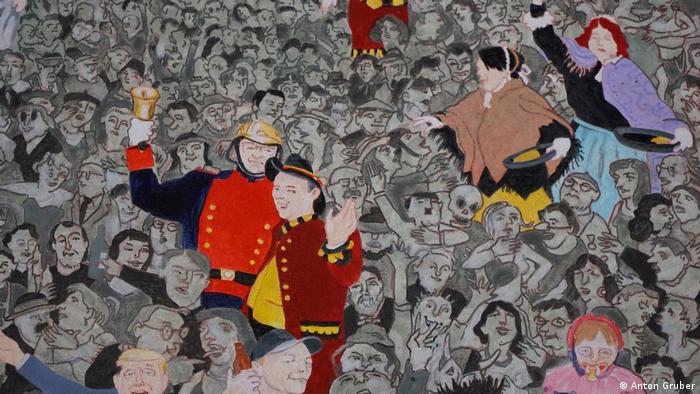All 100 lab monkeys accounted for after several escape crash
1 of 4
Crates holding live monkeys are collected next to the trailer they were being transported in along state Route 54 at the intersection with Interstate 80 near Danville, Pa., Friday, Jan. 21, 2022, after a pickup pulling the trailer carrying the monkeys was hit by a dump truck. They were transporting 100 monkeys and several were on the loose at the time of the photo. (Jimmy May/Bloomsburg Press Enterprise via AP)
DANVILLE, Pa. (AP) — The last of the escaped monkeys from the crash of a truck towing a trailer load of 100 of the animals was accounted for by late Saturday, a day after the pickup collided with a dump truck on a Pennsylvania highway, authorities said.
Several monkeys had escaped following Friday’s collision, Pennsylvania State Police said. But only one had remained unaccounted for as of Saturday morning, prompting the Pennsylvania Game Commission and other agencies to launch a search for it amid frigid weather.
Kristen Nordlund, a spokesperson with the federal Centers for Disease Control and Prevention, said in an email Saturday evening that all 100 of the cynomolgus macaque monkeys had since been accounted for. Three were dead after being euthanized.
The email did not elaborate on why the three were euthanized or how all came to be accounted for. But Nordlund said those euthanized were done so humanely according to American Veterinary Medical Association guidelines.
The shipment of monkeys was en route to a CDC-approved quarantine facility after arriving Friday morning at New York’s Kennedy Airport from Mauritius, an Indian Ocean island nation, police said. The Atlanta-based CDC said the agency was providing “technical assistance” to state police in Pennsylvania.
The collision occured Friday on a state highway near an Interstate 80 exit in Pennsylvania’s Montour County, Trooper Andrea Pelachick told The Daily Item newspaper of Sunbury.
The location of the quarantine facility and the type of research for which the monkeys were apparently destined weren’t clear, but cynomolgus monkeys are often used in medical studies. A 2015 paper posted on the website of the National Center for Biotechnology Information referred to them as the most widely used primate in preclinical toxicology studies.
Earlier, police had earlier urged people not to look for or capture any monkey, with troopers tweeting: “Anyone who sees or locates the monkey is asked not to approach, attempt to catch, or come in contact with the monkey. Please call 911 immediately.”
Trooper Lauren Lesher had said the concern was “due to it not being a domesticated animal and them being in an unknown territory. It is hard to say how they would react to a human approaching them.”
Lesher said state police secured the scene for the Pennsylvania Department of Health and the CDC.
The drivers of the trucks weren’t harmed and a passenger was transported to a medical center for treatment of suspected minor injuries, according to the state police’s crash report.
A crash witness, Michelle Fallon, told the Press Enterprise newspaper of Bloomsburg that she spoke with the pickup driver and a passenger after the crash. The driver appeared to be disoriented, and the passenger thought he might have injured his legs, she said.
Crates littered the road Friday as troopers searched for monkeys, rifles in hand. Valley Township firefighters used thermal imaging to try to locate the animals, and a helicopter also assisted, the Press Enterprise newspaper of Bloomsburg reported.
The pickup was heading west on I-80 when it got off at the Danville exit and then immediately tried to get back on, driving across the other lane, the newspaper reported.
Fallon told the Press Enterprise that she was behind the pickup when it was hit on the passenger side by the dump truck, tearing off the front panel of the trailer and sending more than a dozen crates tumbling out.
She and another motorist who stopped to help were standing near the scene when the other driver said he thought he saw a cat run across the road, Fallon said.
Fallon peeked into a crate and saw a small monkey looking back at her, she told the newspaper.
“They’re monkeys,” she told the other motorist.
US: Lab monkeys found and killed after Pennsylvania road crash
Three monkeys from Mauritius have been killed after fleeing a road crash in the US state of Pennsylvania. All 100 of the animals that were being transported to a lab when the crash occurred have now been accounted for.
The monkeys were being transported in crates
Three monkeys have been found and killed after the vehicle carrying them to a laboratory crashed in the US state of Pennsylvania, allowing them to escape.
All monkeys from the 100 being transported from New York to the lab in the southeastern state of Florida are now accounted for, police said on Saturday night.
It had previously been believed that four monkeys were missing after the crash.
Vaccine research
The vehicle was transporting Cynomolgus monkeys, also known as long-tailed macaques. The animals can cost up to $10,000 each (€8,800) and have been in demand for coronavirus vaccine research, according to the New York Times.
Local news said a police helicopter with thermal cameras was used to track down the monkeys, while officers on the ground used powerful flashlights.
Residents of the area were advised not to approach the monkeys and to call emergency services in case of a sighting.
The incident took place near the community of Danville, Pennsylvania on Friday afternoon. The shipment of monkeys was en route to a CDC-approved quarantine facility after arriving Friday morning at New York's Kennedy Airport from Mauritius, the US Centers for Disease Control and Prevention (CDC) said.
tj, jcg/rs (AP, AFP)

JAN 23, 2022, 12:13 AM SGT
WASHINGTON (AFP) - The crash in Pennsylvania of a truck transporting 100 monkeys to a laboratory allowed four of them to escape, triggering a search by police who warned the public not to approach the animals.
The vehicle collided with a dump truck near Danville, Pennsylvania on Friday afternoon, en route to a laboratory in Florida.
Police said on Twitter that four monkeys had "fled the crash scene into the surrounding area."
Three were later captured, but one was still on the loose on Saturday morning.
The local WNEP news site said a police helicopter with thermal cameras was used to track down the cynomolgus monkeys, while officers on the ground used powerful flashlights.
Pennsylvania State Police released an image of one primate perched in a tree off Route 54 during the freezing cold night.
A reporter said police surrounded the monkey before shots were fired from an unidentified weapon.
"Crash Update: There is still one monkey unaccounted for, but we are asking that no one attempt to look for or capture the animal," police troopers said on Twitter on Saturday morning.
Cynomolgus monkeys - also known as long-tailed macaques - can cost up to US$10,000 (S$13,000) each and have been in demand for coronavirus vaccine research, according to the New York Times. They can live for 30 years in captivity.















